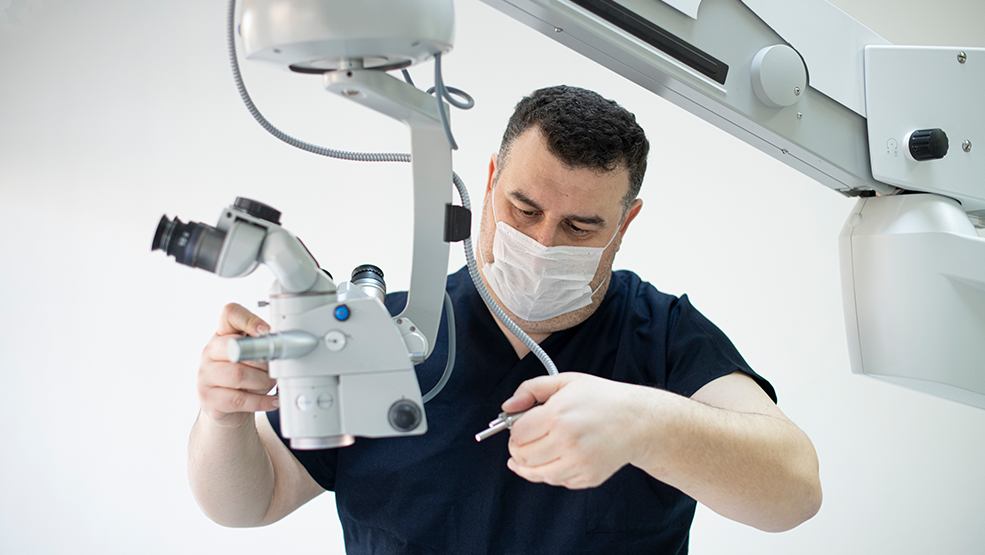Imagine a scenario where a patient is undergoing an X-ray procedure, and suddenly, a malfunction in the X-ray machine exposes them to harmful radiation. It is a terrifying thought, isn’t it? This is where the crucial roles of installation, repair, and maintenance of medical equipment comes into play.
If you are a medical equipment service provider or a contractor searching for the best advice to streamline the installation processes, join us on this informative journey. From streamlining the repair process to implementing preventive maintenance strategies using advanced software, we have talked about ways to escape the worst cases of failed medical equipment and its life-threatening outcomes.
Where do medical equipment installations go wrong?
The Achilles’ heel of medical equipment installations lies in the fact that most manufacturing companies do not handle the installation process themselves. Instead, it is typically delegated to equipment dealers or contractors. Considering the complexity of medical equipment and the different procedures involved, it is no surprise that installations can go wrong. The reasons behind these failures can be categorized into inadequate training of technicians, incomplete documentation of the job, and poor communication with the manufacturing company.
Does a successful installation guarantee no repairs?
Now, one might wonder, if medical technicians receive comprehensive training on the installation of various medical equipment, will it reduce the number of repair cases? Unfortunately, even with thorough training, documentation, and communication with equipment manufacturing companies, repairs will still be needed, and maintenance is an ongoing concern. Therefore, it is crucial to streamline the repair process and have a proper maintenance plan in place at all costs.
How to accelerate the medical equipment repair process?
Proper installation and prompt repair are key to running a successful medical equipment service company. To accelerate the medical equipment repair process, technicians must:
- Check the warranty
- Maintain logistics and inventory
- Possess specialized tools
- Know when to repair instead of replace
- Track equipment history efficiently
1. Check the warranty card
Medical technicians should check the warranty card and familiarize themselves with the terms and conditions provided by equipment manufacturers. This helps them identify repair requirements easily. By determining whether the damage falls within the warranty period, technicians know how to proceed with the repair and can act accordingly.
2. Maintain logistics and inventory
Let’s take X-ray machines as an example. If any component of the machine, such as the X-ray tube or collimator, malfunctions, there should be an immediate replacement for the damaged parts. Ensuring smooth coordination with logistics can help expedite the process by quickly locating the necessary parts in inventory.
3. Possess specialized tools
Equipping technicians with specialized toolkits is crucial for efficient medical equipment repair. Apart from basic tools, technicians should have diagnostic equipment such as multimeters, oscilloscopes, or any software-based diagnostic tools to hasten the repair process. They should regularly check the accuracy and performance of diagnostic equipment to guarantee optimal functionality.
4. Know when to repair instead of replace
Technicians must make the decision between repairing or replacing the medical equipment at certain times. Factors such as the age, condition, and cost of repairs play a role in this decision-making process. If the equipment is outdated or the cost of repairs exceeds its value, replacement might be the better option. However, in other cases, repairing the equipment could prove to be a more cost-effective solution. Technicians should promptly evaluate the best long-term solution for the equipment’s benefit and functionality before choosing between repair or replacement.
5. Track equipment history efficiency
To expedite the repair of medical equipment, it is essential to maintain a reliable tracking system. Tracking repair requests and progress is possible by implementing a centralized database or software product. Using such a system allows for keeping a comprehensive repair history of each piece of equipment, including recurring issues and patterns in malfunctions. By identifying root causes and taking proactive measures, future repair requirements can be minimized.
FSM software: A transformative tool for medical technicians?
Field service management (FSM) software plays a vital role in the installation and maintenance of medical equipment. Here is how it can benefit medical technicians:
1. Speeding up the installation process
FSM software facilitates intelligent scheduling, allowing you to efficiently schedule installation appointments. Let’s say your company has technicians who individually excel in the installation of specific medical equipment. Using FSM Software, you can schedule jobs for the technicians based on their availability and training, ensuring that the right personnel are assigned to the correct job. This minimizes delays and ensures timely completion of the installation process.
2. Minimizing medical equipment downtime
Real-time monitoring and asset management provided by FSM software offer visibility into the status of equipment. It generates preventive maintenance work orders to minimize downtime. By utilizing barcodes and specific serial numbers, technicians can identify bottlenecks and prioritize urgent repairs.
3. Comprehensive documentation of the job
FSM software enables technicians to document the installation process by updating the job work order with pictures, videos, and notes. This documentation proves valuable for troubleshooting future problems and complying with regulatory requirements.
4. Seamless communication
FSM software allows medical equipment technicians to communicate instantly with customers, internal teams, and external stakeholders using web or mobile apps. This seamless communication keeps everyone informed about the installation status and helps resolve any arising issues promptly.
5. Future-proofing maintenance
FSM software can generate reports on the installation process, including the number of completed installations, time taken per installation, and associated costs. This information aids in tracking the performance of the installation team and making improvements to the process.
Empower your business with Zuper FSM software
For any organization involved in the installation or maintenance of medical equipment, Field service management software proves to be a valuable tool. Utilizing FSM software empowers medical equipment service providers to effectively manage their workforce, schedule appointments for equipment repair and maintenance, track repair progress, and generate performance reports.
Contact us for a free demo of Zuper FSM Software and revolutionize your business efficiency, customer satisfaction and save valuable time.
Still hesitant? Take a look at our customer stories.



